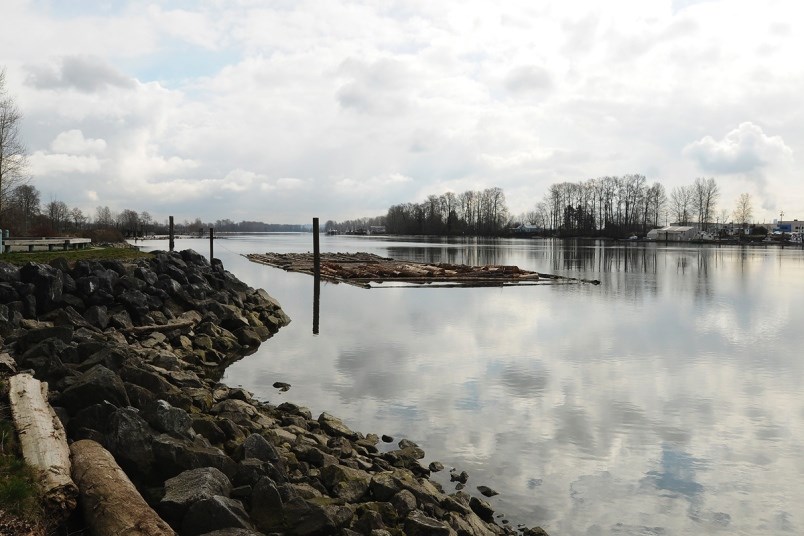If sport, commercial and aboriginal fishermen in B.C. thought 2009 was a bad year for Fraser River sockeye returns, then 2016 is shaping up to be a disaster.
Fewer than one million sockeye are expected to return — the lowest since the Hell’s Gate slide of 1914 that blocked the river.
In the sockeye’s four-year cycle, 2016 was expected to be a low return year for the Fraser River — about 2.2 million. But as of mid-August, returns were starting to point to a final tally that will be half that or even less. That means no commercial fishing for Fraser River sockeye, and most First Nations will not get their allocation of salmon for food, social and ceremonial (FSC) purposes. Sport fishing for chinook was also closed after an opening of just 11 days.
The usual suspects in a lineup of culprits blamed for killing BC salmon typically include fish farms and global warming. Many believe that a “blob” of warm water in the northern Pacific Ocean and subsequent low plankton levels are most likely the cause of this year’s and last year’s poor survival rate for Fraser River sockeye.
“I wouldn’t be surprised, really, if the impact of that is what we’re seeing now,” said Brian Riddell, head of the Pacific Salmon Foundation. “Really you must have had something very large scale. It’s probably to do with food production in the North Pacific.”
This will be the second year in a row in which the commercial fishery is closed to Fraser River sockeye.
Last year, returns were expected to be 6.8 million but ended up at about two million.
–Courtesy of Business in Vancouver. See original story here.



